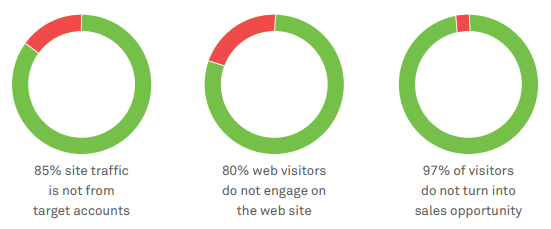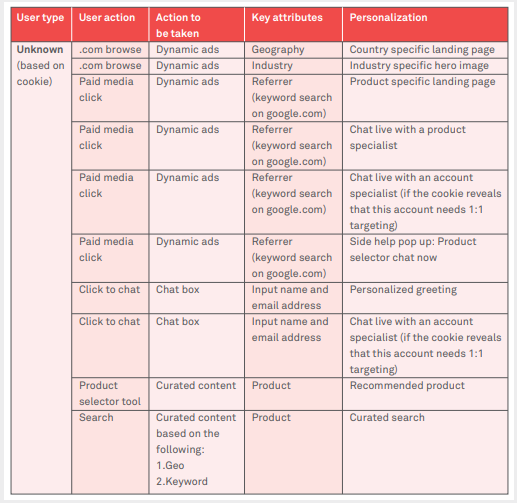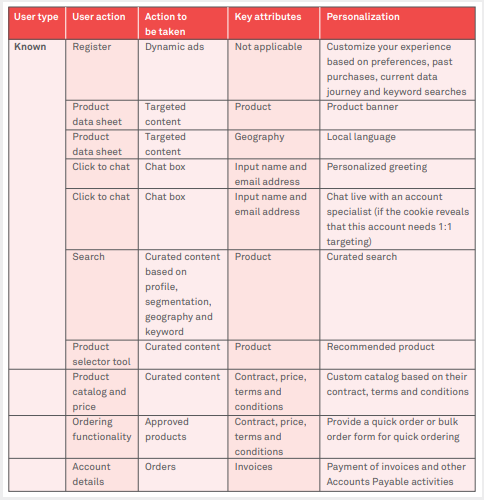Most marketers understand that the best way to generate demand is to appeal to buyers in a direct, relevant and engaging way. But in B2B marketing you’re selling to senior executives in an organisation.
It’s critical to provide the information businesses need from the get-go, anticipate their questions and initial reservations, and build trust—at the speed they choose, through their medium of choice.
Here are some ground rules for making a customer centric experience in B2B world: Offer informational assets: You want to give the
prospect valuable, insightful information that is relevant to them. This can take the form of:
Re-energize your website: Include a landing page offering promotions, an excellent site search engine and different navigation options.
Add a quick repeat functionality: Make your customer’s repeat purchase even easier with an order feature that allows the buyer to order the same set of items repeatedly.
Enable corporate accounts: One could set up a multiple user role functionality within the same account to simplify the buying process.
Offer personalized product suggestions: B2B e-commerce could offer product recommendations to drive further sales, for cross selling or upselling opportunities.
A B2B customer might take longer to convert, but will then become a repeat client with large orders over a long period of time.
Industry figures indicate the following:

Streamline your checkout process: One could make sure that shopping carts can either be easily shared or be submitted for review to another customer role in your system.
Create a coherent user experience across all screen resolutions and devices: If you can access your shopping list on the B2B
e-commerce site, you must be able to see the same information on https://www.wipro.com/consumer-packaged-goods/levis-redesigns-b2b-customer-experience-with-digital/ your mobile device.
Segment and incentivize: Use the information gathered on customers, such as their click activities, personal interests, geographic location, buying and browsing history, etc., to deliver personalized marketing content.
Loyalty programs: Offer rewards to personalize the customer experience and reward them to shop more from you. Not historically seen as to be applicable for B2B selling, this report by Forrester demonstrates its importance for B2B marketers.
Companies should have 2 different strategies for:
1. Unknown visitors
Based on in-depth analysis of their digital trail, we can take following actions to personalize their experience and content:

2. Known visitors
Content personalization in the B2B space delivers an opportunity to begin a meaningful conversation built around empathy and understanding and helps in identifying the client’s industry at an early stage.
Companies should strive to make the logged in experiences richer than the vanilla experience by:

Namit Bhargava
General Manager,
Digital Transformation & Head of Digital Sales Wipro Limited
With over 20 years of international,cross-industry experience, Namit Bhargava works with clients on “Connected” themes enabled by Industrial Internet of Things (IIOT)— Connected Worker, Connected Assets, Connected Plant, Connected Supply Chain and Connected Commerce.In Connected Commerce, Namit focuses on data-driven marketing, account based marketing, customer lifecycle management, optimizing marketing technology stack, marketing research for personas, customer decision journeys and business model transformation.
Sumanta Basu
General Manager,
Solution Head, Connected Customer Experience Wipro Limited
Sumanta helps organizations transform experiences throughout their customer journeys—across marketing, sales and service. His expertise is backed by over 20 years of IT experience in consulting and the implementation of large-scale digital transformation projects.